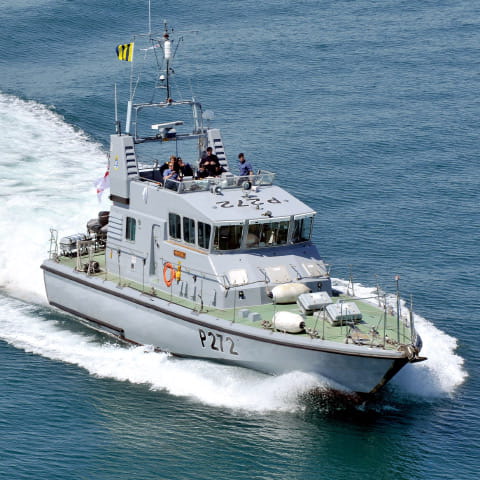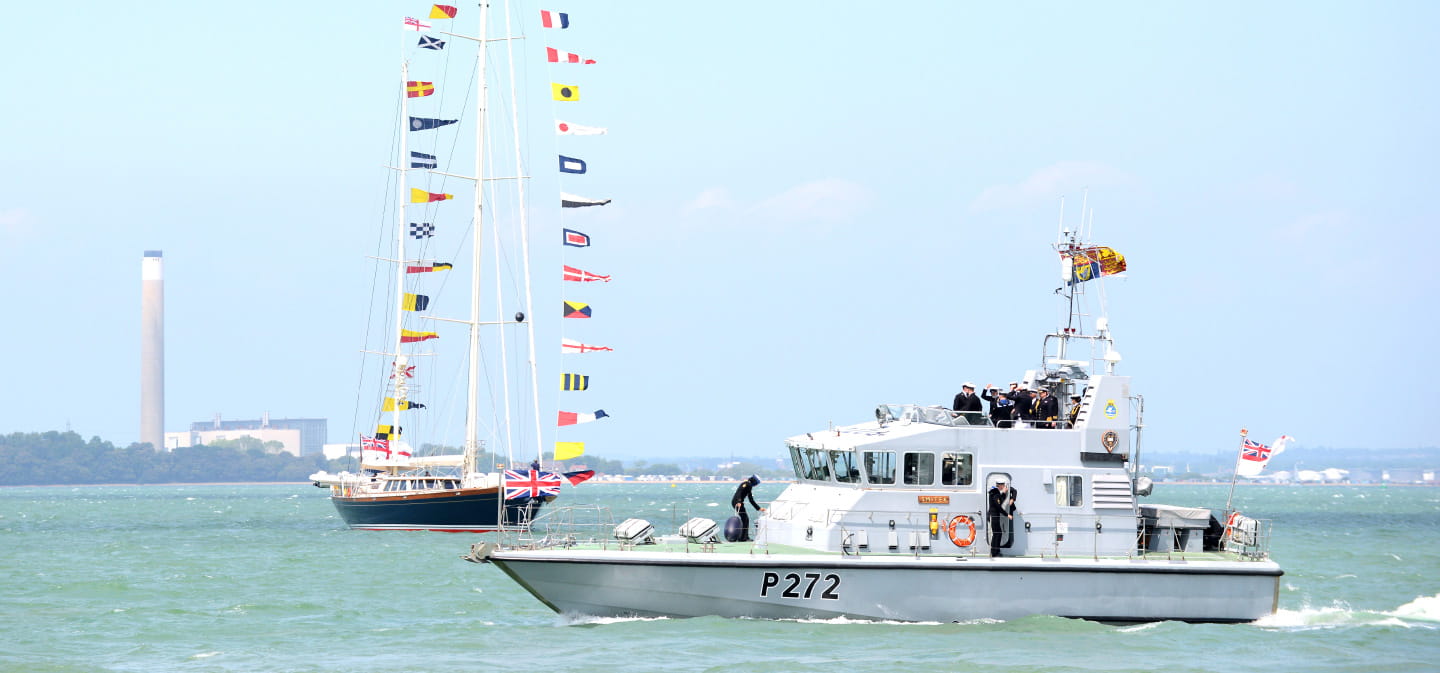Role
HMS Smiter’s primary role is to provide naval experience and training to Officer Cadets from the universities of Oxford, Oxford Brookes and Reading.
The ship’s company support young Officers and students to develop their navigation and seamanship skills in preparation for a career in the Royal Navy.

